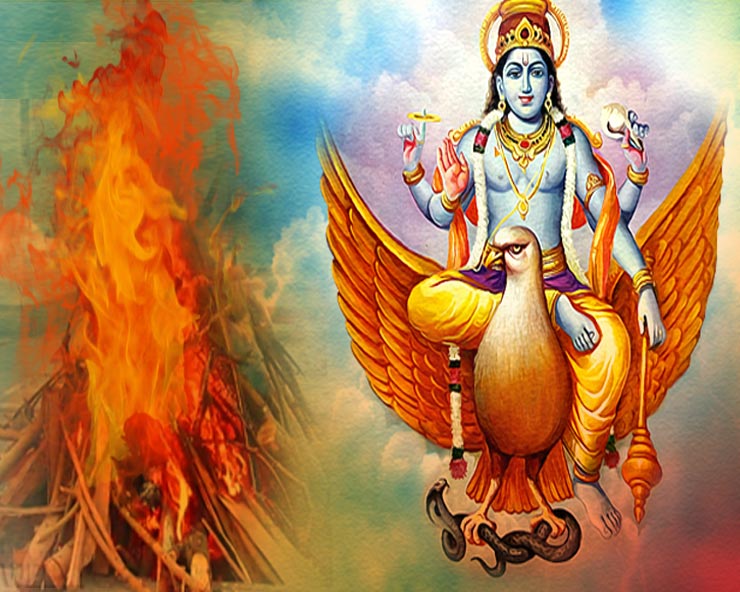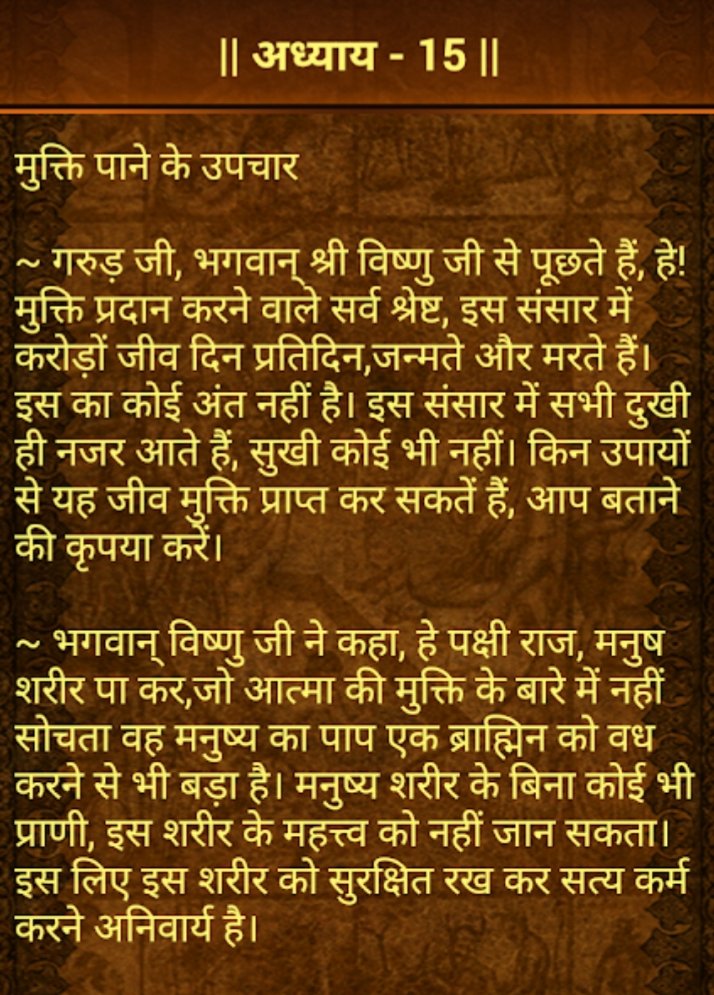Seriyana loosu. This is why I said Eelam activists are better off doing kuthu rap instead of worrying about whether Shiva is Vedic or not. Then these same people say Om Namah Shivaya. Adding Om and Nama: automatically makes it a mantra.
**Long thread alert**
Rig Veda the oldest only mentions Shiva twice. Common sense? Zoroastrianism.
— \u0bb2\u0bbe\u0bb5\u0ba3\u0bcd\u0baf\u0bbe/Lavanya (@dwomanislavanya) August 31, 2021
One Whose very breath is the Veda using which the entire Creation was made, I bow down to Maheswara Who purifies with His wisdom.
So, if Vedas are really His own breath, how
Hiranyagarbha pramukha Deva Sendraa Maharshaya: ||
The greatness of Shiva cannot be understood neither by Brahma, Indra, or the great sages.
Shive trigunasambhinnai Rudro tu gunadhaamani |
Vasthutho na hi bhedosthi svarne tadbhushane tathaa||
There is no diff b/n Shiva who is beyond the three gunas and Rudra who possesses them just like there's no diff b/n gold and gold ornaments.
Rishi, Chandas (meter), Devata (Diety), Beeja (root syllable), Shakti, Keelaka (process), and Viniyoga (use)
Aghora Rishi:
Anushtup Chanda:
Sankarshanamurthi swarupo yoshavaaditya:
Paramapurusho sa esha Rudro Devata
Namassivayeti Bijam
Shivataraya yeti Shakti:
Mahadevaayeti Keelakam
Sri Sambhasiva prasaada siddhyarte jape Viniyoga:
Tayaa nastanuvaa shantamayaa girishamtaabhichaakasheehi ||
Oh Parameswara. Grant us pleasures with your calm demeanor, grace us with auspiciousness and with Atmagnaana.
Upanishad talks of a fourth state above trigunas called the Turiya state in which everything comes to a halt and becomes unchanging, non-dual, auspicious, and one with the Atman.
Sarvam yasmin sete sarvasvam yasmete iti Shiva: One in which everything exists and one that exists in everything is Shiva.
He gave the Vedas to help see the Actual thing
As I have alluded earlier in the thread, the soulabhya of Bhagavan is that even if one doesn't really understand all this, His grace does not diminish.
Ye yathaa maam prapadhyante taamsthathaiva bhajaamyaham.
I reward in the manner they propitiate Me.
However, that does not mean one comes up with sinister agendas to disconnect something of its true origins. Aum Namah Shivaya 🙏🏻
More from Johnny Silverhand
Haha. Fool. On the day of Deepavali Amavasya, abhyangana snaana, pitru tarpanam, deepa daanam, ulka darsanam, and Lakshmi puja are performed. Deepa daana is not some Buddhist creation. The concept of even the wicks in a Deepam is highly Vedic, so it is impossible that what is
essentially a naasitka vaada will even promulgate something about Deepam, let alone Deepa Daanam. It is that time of the year again — an auspicious occasion of Deepavali marked by festivities, exchange of pleasantries, sumptuous food, crackers! and of course, Bhagavan's blessings
However, this is also the time when a lot of misinfo, faltu gnaan, and unsolicited advice start pouring in from the usual suspects. I don't necessarily fault ThePrint or any such farcical media outlets. They are steadfast in their agenda and they won't change even if one moves
heaven and earth. However, it is important to call out blatant misappropriation for our own good and know why we celebrate certain festivals.
Let's understand what Deepavali is all about. Now, the festival means many things to many people and there are too many variations in how
it is celebrated across the world. That being said, I will try to present some aspects that form the core of it all.
As always, every festival, every act, and every ritual in SD is extensively deep-rooted in philosophy that addresses both iha and para.
'Diwali isn\u2019t what you thought it was\u2014It\u2019s actually Deep Daan Utsav, a Buddhist festival'
— ThePrintIndia (@ThePrintIndia) November 4, 2021
Kalyani @FiercelyBahujan, PhD scholar, JNU, writes#ThePrintOpinionhttps://t.co/wbNjbeRYmq
essentially a naasitka vaada will even promulgate something about Deepam, let alone Deepa Daanam. It is that time of the year again — an auspicious occasion of Deepavali marked by festivities, exchange of pleasantries, sumptuous food, crackers! and of course, Bhagavan's blessings
However, this is also the time when a lot of misinfo, faltu gnaan, and unsolicited advice start pouring in from the usual suspects. I don't necessarily fault ThePrint or any such farcical media outlets. They are steadfast in their agenda and they won't change even if one moves
heaven and earth. However, it is important to call out blatant misappropriation for our own good and know why we celebrate certain festivals.
Let's understand what Deepavali is all about. Now, the festival means many things to many people and there are too many variations in how
it is celebrated across the world. That being said, I will try to present some aspects that form the core of it all.
As always, every festival, every act, and every ritual in SD is extensively deep-rooted in philosophy that addresses both iha and para.
More from All
Took me 5 years to get the best Chartink scanners for Stock Market, but you’ll get it in 5 mminutes here ⏰
Do Share the above tweet 👆
These are going to be very simple yet effective pure price action based scanners, no fancy indicators nothing - hope you liked it.
https://t.co/JU0MJIbpRV
52 Week High
One of the classic scanners very you will get strong stocks to Bet on.
https://t.co/V69th0jwBr
Hourly Breakout
This scanner will give you short term bet breakouts like hourly or 2Hr breakout
Volume shocker
Volume spurt in a stock with massive X times
Do Share the above tweet 👆
These are going to be very simple yet effective pure price action based scanners, no fancy indicators nothing - hope you liked it.
https://t.co/JU0MJIbpRV
52 Week High
One of the classic scanners very you will get strong stocks to Bet on.
https://t.co/V69th0jwBr
Hourly Breakout
This scanner will give you short term bet breakouts like hourly or 2Hr breakout
Volume shocker
Volume spurt in a stock with massive X times
You May Also Like
Keep dwelling on this:
Further Examination of the Motif near PRRA Reveals Close Structural Similarity to the SEB Superantigen as well as Sequence Similarities to Neurotoxins and a Viral SAg.
The insertion PRRA together with 7 sequentially preceding residues & succeeding R685 (conserved in β-CoVs) form a motif, Y674QTQTNSPRRAR685, homologous to those of neurotoxins from Ophiophagus (cobra) and Bungarus genera, as well as neurotoxin-like regions from three RABV strains
(20) (Fig. 2D). We further noticed that the same segment bears close similarity to the HIV-1 glycoprotein gp120 SAg motif F164 to V174.
https://t.co/EwwJOSa8RK
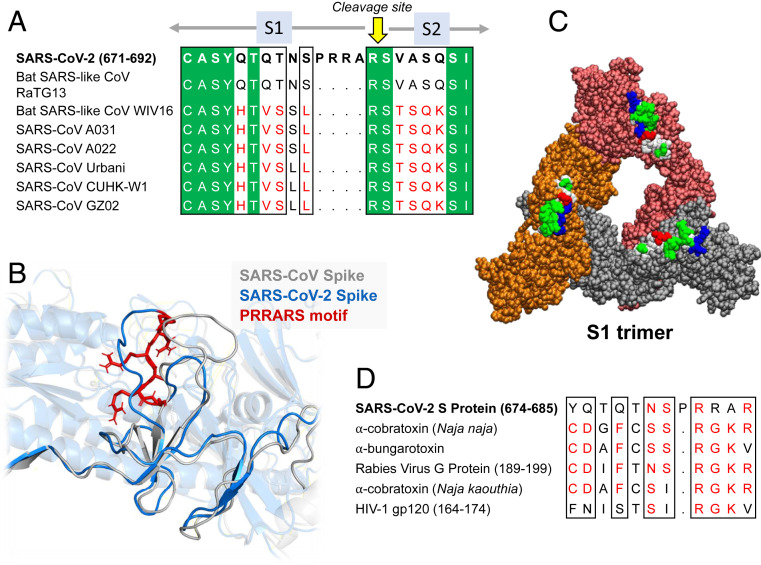
In (B), the segment S680PPRAR685 including the PRRA insert and highly conserved cleavage site *R685* is shown in van der Waals representation (black labels) and nearby CDR residues of the TCRVβ domain are labeled in blue/white
https://t.co/BsY8BAIzDa
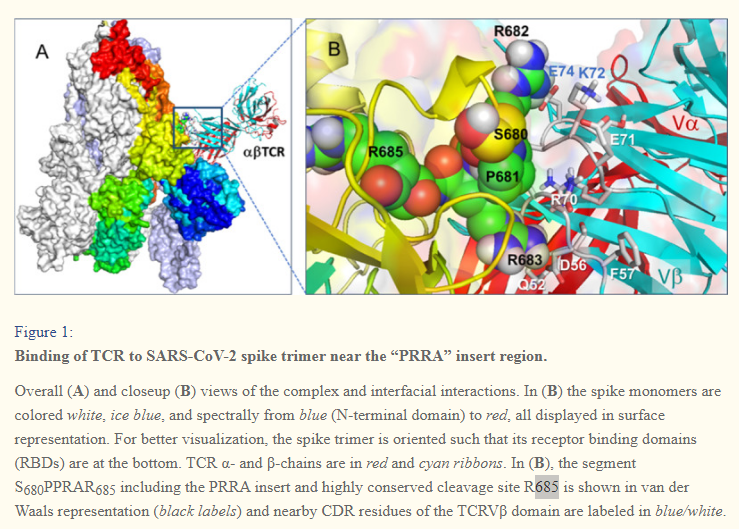
Sequence Identity %
https://t.co/BsY8BAIzDa
Y674 - QTQTNSPRRA - R685
Similar to neurotoxins from Ophiophagus (cobra) & Bungarus genera & neurotoxin-like regions from three RABV strains
T678 - NSPRRA- R685
Superantigenic core, consistently aligned against bacterial or viral SAgs
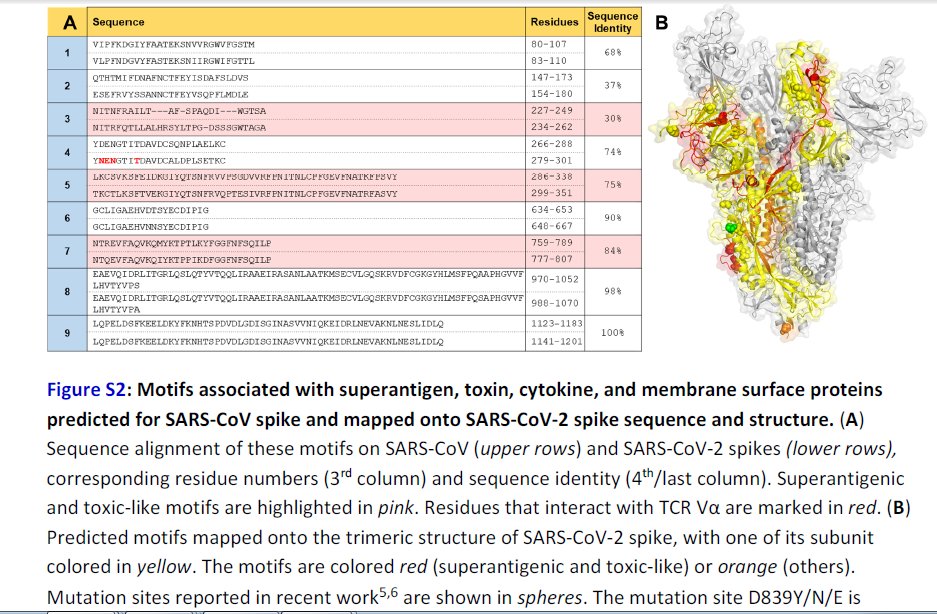
Further Examination of the Motif near PRRA Reveals Close Structural Similarity to the SEB Superantigen as well as Sequence Similarities to Neurotoxins and a Viral SAg.
The insertion PRRA together with 7 sequentially preceding residues & succeeding R685 (conserved in β-CoVs) form a motif, Y674QTQTNSPRRAR685, homologous to those of neurotoxins from Ophiophagus (cobra) and Bungarus genera, as well as neurotoxin-like regions from three RABV strains
(20) (Fig. 2D). We further noticed that the same segment bears close similarity to the HIV-1 glycoprotein gp120 SAg motif F164 to V174.
https://t.co/EwwJOSa8RK

In (B), the segment S680PPRAR685 including the PRRA insert and highly conserved cleavage site *R685* is shown in van der Waals representation (black labels) and nearby CDR residues of the TCRVβ domain are labeled in blue/white
https://t.co/BsY8BAIzDa

Sequence Identity %
https://t.co/BsY8BAIzDa
Y674 - QTQTNSPRRA - R685
Similar to neurotoxins from Ophiophagus (cobra) & Bungarus genera & neurotoxin-like regions from three RABV strains
T678 - NSPRRA- R685
Superantigenic core, consistently aligned against bacterial or viral SAgs

A list of cool websites you might now know about
A thread 🧵
1) Learn Anything - Search tools for knowledge discovery that helps you understand any topic through the most efficient
2) Grad Speeches - Discover the best commencement speeches.
This website is made by me
3) What does the Internet Think - Find out what the internet thinks about anything
4) https://t.co/vuhT6jVItx - Send notes that will self-destruct after being read.
A thread 🧵
1) Learn Anything - Search tools for knowledge discovery that helps you understand any topic through the most efficient
2) Grad Speeches - Discover the best commencement speeches.
This website is made by me
3) What does the Internet Think - Find out what the internet thinks about anything
4) https://t.co/vuhT6jVItx - Send notes that will self-destruct after being read.









